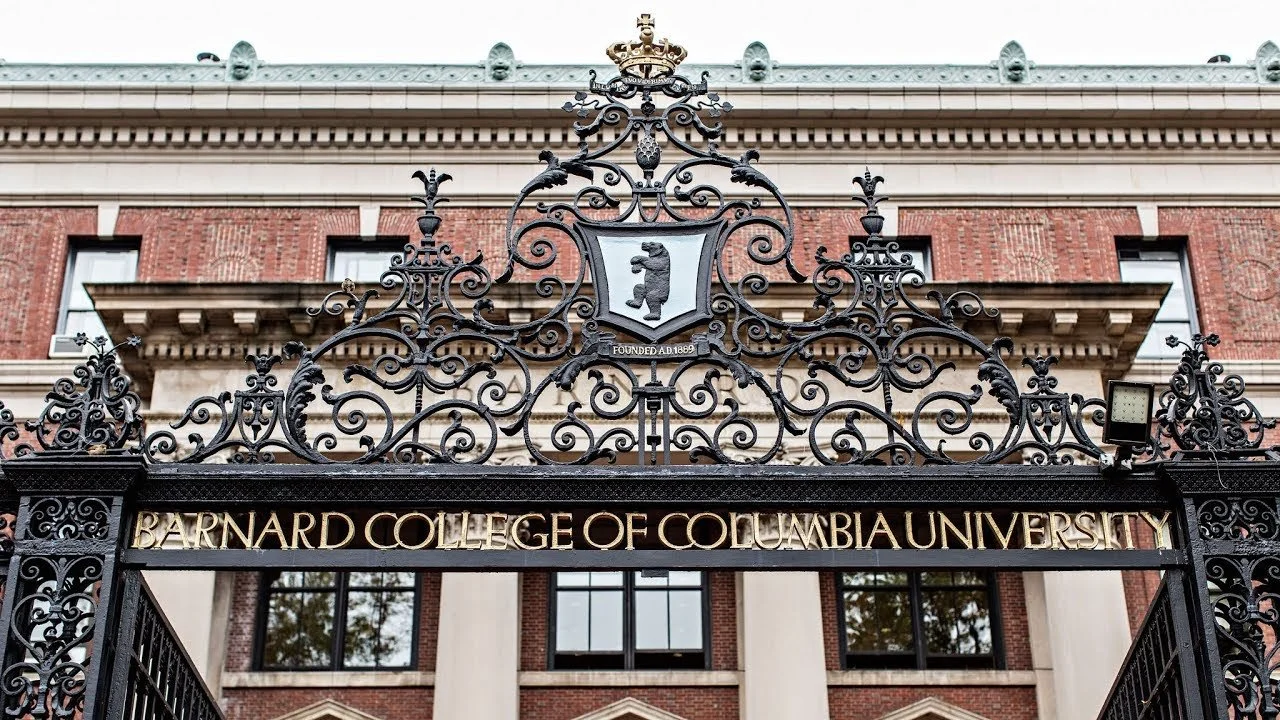"Empower Them To Succeed." An Alumna Looks to Close the Engineering Gender Gap
/A gift out of Los Angeles finds an alumna donor looking to close the glaring gender gap in STEM fields, but with a unique twist. In a space dominated by tech, corporate, and institutional funders, Stacey Nicholas’ gift flowed from direct experience—she graduated with degrees in electrical engineering.
The UCLA Samueli School of Engineering received a $5 million gift from Nicholas to create a permanent endowment for a program to support women in engineering. Launched in 2017, Women in Engineering at UCLA provides mentorship, leadership training, research opportunities, and industry outreach programs to help students who plan to pursue careers in the field.
Nicholas received her bachelor’s and master’s degrees from UCLA, both in electrical engineering, in 1985 and 1987, respectively. The former wife of Broadcom billionaire Henry Nicholas, she is the founder of the Irvine-based Opus Foundation, which supports STEM education outreach and the arts. This is her second major gift to a University of California campus, following a 2014 gift to UC Irvine’s Henry Samueli School of Engineering to fund scholarships and graduate fellowships, support outreach programs, and endow its deanship.
Nicholas is a member of the Samueli School’s Engineering Leadership Council and Diversity Advisory Board, and a former member of the South Coast Repertory and Pacific Symphony boards. Her gift is part of the Centennial Campaign for UCLA, which is scheduled to conclude in December 2019 during UCLA’s 100th anniversary year. As of this writing, the campaign is a mere $5 million shy of its $4.7 billion goal.
Broad Support for Closing the STEM Gender Gap
Funding for women remains a consistently robust segment of STEM education philanthropy. We’ve seen funders like Cognizant, Apple, the Chan Zuckerberg Initiative, Northrop Grumman, Google, VEX Robotics, Akamai Technologies, Intel, Vodafone Americas Foundation, VMWare and the Motorola Mobility Foundation, as well as institutional funders like the Knight Foundation back education, training and mentoring for girls and women in the areas of science, technology, engineering and math.
We’ve also seen strong support for STEM diversity efforts from donors like billionaire businessman Robert F. Smith, Google programmer Jeffrey Dean and his wife Heidi Hopper, and Mitchell Kapor, who founded Lotus, and his wife Freada Kapor Klein.
Most of the giving flowing to STEM-related causes comes from corporate and tech funders, and understandably so. There’s an element of enlightened self-interest at play here. These businesses are incentivized to ensure the U.S. has a deep pool of talented and diverse engineers to draw from.
Julia Ross, Virginia Tech’s dean of engineering, captured this sentiment after the school netted a $15 million gift from the A. James and Alice B. Clark Foundation to provide underrepresented demographics, including women, with full tuition and a “holistic approach” to engineering education. “To the extent that can really diversify the experiences that people are bringing to the table, we’re going to get better ideas,” she said. “We’re going to have more creative solutions, and we need that. We need every smart, creative mind working on the problems that we need to solve.”
Nor is this impulse limited to the tech sector. The Exelon Foundation, the giving arm of Exelon Corporation, a Fortune 100 energy company, recently partnered with the U.N. Women HeForShe initiative to launch the inaugural STEM Innovation Leadership Academy to provide hands-on learning and mentorship opportunities for teen girls. As I noted at the time, energy companies depend more on tech-savvy workers than many people realize, so it’s not surprising that Exelon is tuned into this area.
One Glaring Omission
While the prognosis looks promising for gender equity in the STEM space, the aforementioned list of funders, while far from comprehensive, nonetheless lacked one critical donor demographic: female engineering alumnae.
There is a simple explanation for this. There aren’t a ton of affluent women engineers out there—at least not yet. According to Labor Department statistics, women hold only 16 percent of the nation's engineering jobs. And while this number should inch upward in the future—nationally, women earned 21.3 percent of bachelor’s degrees in engineering in 2017, according to the American Society for Engineering Education—women in STEM typically get paid less than their male peers.
This represents a small and relatively less affluent donor pool for university fundraisers to tap into.
We see a similar phenomenon play out elsewhere in the higher ed space. A common explanation why mega-donors don’t provide transformational gifts to underfunded community colleges and historically black universities is the simple fact that few mega-donors attended those respective institutions.
Nicholas’ gift comes on the heels of Lyda Hill Philanthropies’ $25 million commitment to the IF/THEN initiative, which seeks to boost girls’ interest in STEM. Hill previously made a $20 million STEM education gift to her alma mater, the Hockaday School in Dallas, and while I’d rather not split hairs, it’s worth noting that Hill is not an engineer; rather, is a successful entrepreneur, having started the travel agency Hill World Travel in 1967.
We’ve also reported how, under the leadership of Deborah Elam, the GE Foundation bolstered women in STEM. Elam, who hails from the corporate and HR world, is now the CEO of Corporate Playbook, a business consulting firm that focuses on executive development, strategic solutions, and the empowerment of women.
Demand is Relative
It’s also important to remember that any discussion regarding the STEM funding and the STEM gender gap requires additional context and precision.
As far as the broader STEM field is concerned, some commentators argue that funders are funneling money into a field where the supply of specific skill sets outstrips demand. Edward Lazowska, a professor of computer science at the University of Washington, analyzed the Bureau of Labor Statistics employment forecasts and concluded that in the decade ending in 2024, 73 percent of STEM job growth will be in computer occupations. Only 3 percent will be in the physical sciences and 3 percent in the life sciences.
Writing in The Conversation, Case Western Reserve University’s Peter E. Knox argued that “there’s simply no evidence that the U.S. lacks the scientists or engineers it needs, as many donors claim.”
Zooming into the STEM gender gap, data suggests that women are faring quite well in certain areas. According to the Council of Graduate Schools, women represent 80% of Health and Medical Science and 55% of Biological and Agricultural Sciences graduates. In addition, according to the National Science Foundation, more women graduated with a bachelor’s degree in science in engineering than men from 2004-2014.
However, the gender imbalance, as previously noted, is far more acute in the specific engineering field. According to the same Council of Graduate Schools data, women represent 25% of engineering graduates—the lowest percentage, by field, across the large STEM space.
All of which underscores the importance of Nicholas’ gift, which flowed to a school that has made measurable progress in closing the gap. In fall 2018, women made up 27 percent of the Women in Engineering’s undergraduate enrollment—the highest proportion in the school’s history, an increase of seven percentage points from a decade ago, and higher than the national average. Thirty-three percent of the first-year students entering the school in 2018 were women.
Better yet, by cultivating a new generation of female engineers that may eventually turn into alumnae donors, Nicholas’ gift has the potential to create the kinds of virtuous funding cycles we see in the larger STEM-giving space and other segments of higher ed philanthropy.
“I was so inspired by the Samueli School and their commitment to take a leadership role with Women in Engineering at UCLA,” Nicholas said. “It has never been more important to encourage women to become engineers and to empower them to succeed. It is truly an honor to support the program, and I look forward to seeing how these students will change the world for the better.”







































